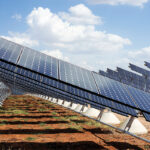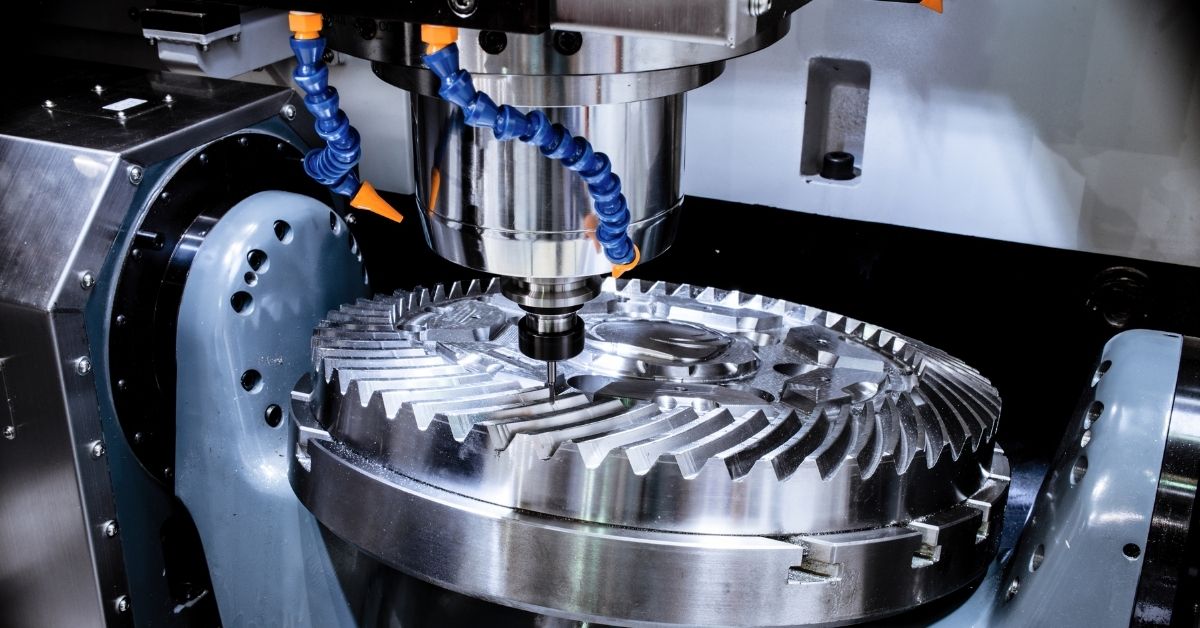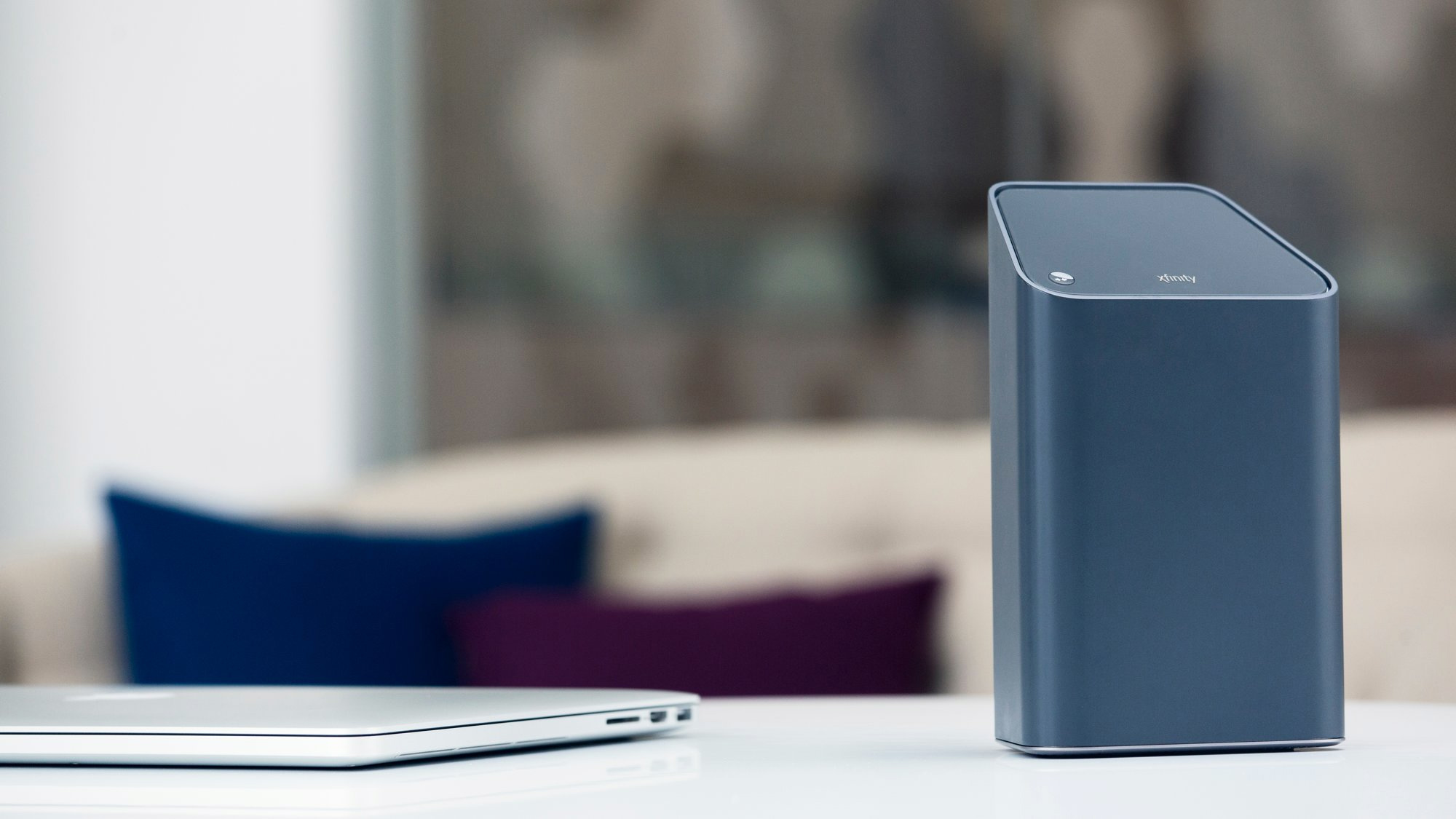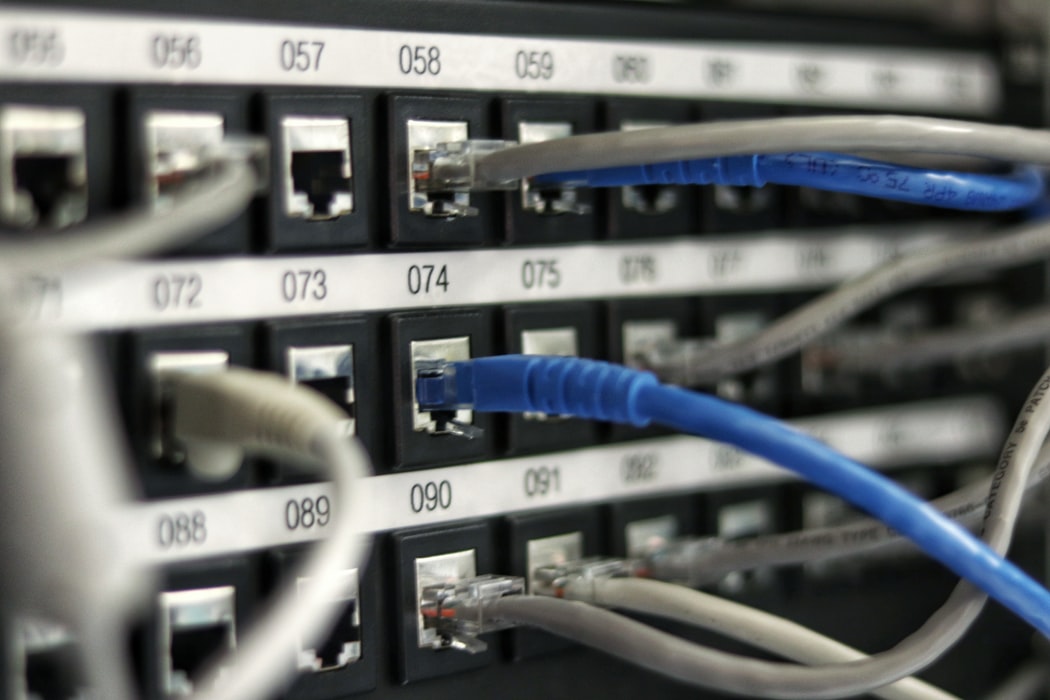Computer Numerical Control refers to how operators and engineers can manage the functions of a manufacturing machine or tool through a Computer Numerical Control (CNC) machine computer programming language called g-code. Developed in the late 1950s, this language teaches the machine how to cut, grind, mold, or melt a source material such as metal or plastic into any finished product desired by the operator.
There are many types of CNC machines, many of which today are notable thanks to their diverse range of applications. The classification of a CNC machining services Sydney can be refurbished or custom-made, and each has unique advantages.
Computer Numerical Control (CNC) machines are popularly used in the manufacturing business. Defined as a computer-controlled machining system, they allow manufacturers to automate many manufacturing processes that would otherwise have to be done manually. As a result, Computer Numerical Control (CNC) machines improve productivity, decrease waste and even diminish or exclude the risk of human failure.
What are the different types of computer numerical control (CNC) machines?
There are several types of CNC machines, each of which has its different functions.
CNC milling machine – One of the most common types, CNC milling machines have built-in tools for drilling and cutting. Materials are located inside the Computer Numerical Control (CNC) milling machine, after which the computer will control the tools for drilling or cutting. Most CNC machining services near me are available in three or six-axis configurations.
Turning mills use turning mills to cut a variety of plastic manufacturers Sydney materials and rely on CNC controls to dictate the depth, direction, and angle of the cut. The precision of a cutting is now much higher when using CNC technology than when these machines were operated by hand.
CNC Laser and plasma cutter – Laser beams and plasma torches are used for work that may be insufficient for other cutting tools. Both are hot enough to burn all kinds of stubborn materials and are agile enough to create almost any shape or angle. However, laser cutting gradually eliminates plasma thanks to its superior cutting power of holes.
Like CNC milling machines, CNC plasma cutting machines are also used for cutting materials. However, they differ from their milling counterparts during this operation using a plasma torch. CNC plasma cutting machines have a high-power torch capable of cutting raw materials such as metal engineering Sydney. While electric welding produces temperatures up to 10K degrees Fahrenheit, plasma torches reach temperatures up to 50K degrees Fahrenheit.
CNC Lathe – The CNC lathe machine is characterized by its ability to rotate the materials during its operation. Usually, they have fewer shafts than CNC milling machining services Sydney, which makes them smaller and more compact. CNC lathes have a lathe in the center that manipulates and moves the material to the programmed position on the computer.
These machines quickly rotate the material of manufacture on a spindle. The material is then pressed against a carving or abrading tool while turning to cut or shape it. The towers are mainly used for symmetrical objects such as cylinders, cones, and spheres.
CNC Laser Cutting Machine – Not to be confused with CNC plasma cutting machines, CNC laser cutting machines are designed to cut hard materials, although they use a laser to perform this task instead of a plasma torch. Lasers tend to offer a higher level of cutting accuracy, but they are not as strong as plasma torches. CNC laser cutting machines typically use one of three types of lasers: CO2, neodymium (Nd), or yttrium-aluminum-garnet.
CNC Router – Routers cut wood, plastic, and veneer on an X, Y, and Z-axis and are mainly used for large-scale product manufacturing. Although three-dimensional CNC Routing Sydney is the most common, some routers are four, five, or six axes, which is ideal for more complex products. A top-axis router not only increases efficiency but reduces configuration times and generates fewer errors.










